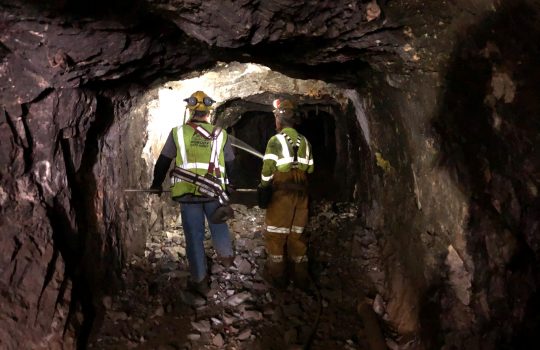Un gigantesco laboratorio de neutrinos en Dakota del Sur a kilómetro y medio de profundidad
- construction
- Deep Underground Neutrino Experiment
- DUNE
- LBNF
- Long-Baseline Neutrino Facility
- neutrino
- Sanford Lab
- Sanford Underground Research Facility
- South Dakota
From Público, Nov. 24, 2020: Homestake fue la mayor y más profunda mina de oro de de Norteamérica hasta que se cerró en 2002 tras 125 años de funcionamiento. Este remoto lugar de Dakota del Sur se convirtió oficialmente en 2007 en un laboratorio subterráneo de física fundamental, aunque ya mucho antes se habían instalado en sus profundas cavernas algunos experimentos, incluido uno que mereció el premio Nobel. Ahora se anuncia la nueva etapa para convertir la mina en sede del megaproyecto científico más importante de las últimas décadas en Estados Unidos, el Long-Baseline Neutrino Facility, dedicado a estudiar las partículas fundamentales llamadas neutrinos.

